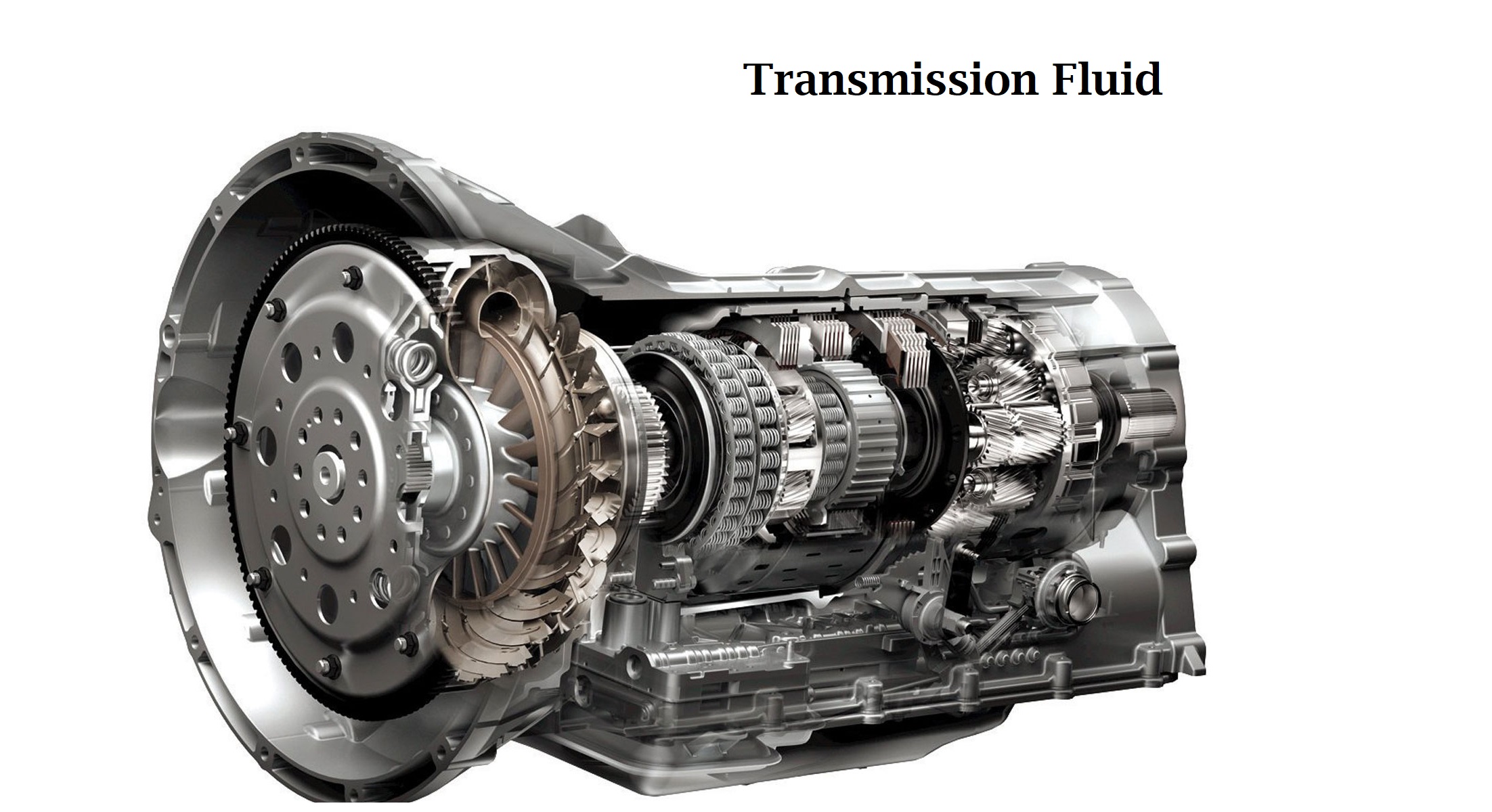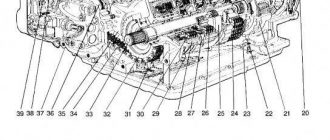Can You Drive a Car Without Transmission Fluid?
Driving a car without transmission fluid may cause immediate and severe damage to the transmission and other components of the vehicle powertrain. Transmission fluid serves critical functions, including lubrication, cooling, and pressure transmission, ensuring the smooth operation of the transmission system.
Consequences of Driving Without Transmission Fluid
1. Transmission Damage: Without proper lubrication, metal components within the transmission will grind and wear against each other, causing irreparable damage.
2. Overheating: Transmission fluid also dissipates heat generated by the transmission components. Without fluid, the transmission will overheat, leading to further damage and potential fire.
3. Clutch Failure: In manual transmissions, clutch components rely on transmission fluid for lubrication. Without fluid, the clutch will slip and fail to engage properly, rendering the vehicle unable to move.
4. Torque Converter Failure: In automatic transmissions, the torque converter relies on transmission fluid to transfer power from the engine to the transmission. Without fluid, the torque converter will fail to engage, preventing the vehicle from moving.
5. Solenoid Damage: Transmission solenoids, which control the flow of fluid and engage gears, can be damaged or destroyed due to overheating and friction caused by insufficient fluid.
Signs of Low Transmission Fluid
– Leaking transmission fluid beneath the vehicle
– Difficulty shifting gears or delayed gear engagement
– Grinding or whining noises while shifting
– Transmission slipping or shuddering
– Overheating or burning smell from the transmission
Immediate Actions if Transmission Fluid is Low
– Stop Driving Immediately: Pull over safely to avoid further damage.
– Check Transmission Fluid Level: Use the vehicle dipstick to check the level and verify if it’s low.
– Add Transmission Fluid: If possible, add the correct type and amount of transmission fluid to the reservoir.
– Contact a Mechanic: Schedule an appointment with a qualified mechanic for professional diagnosis and repairs.
Long-Term Effects of Driving with Low Transmission Fluid
Prolonged driving with low transmission fluid can lead to catastrophic transmission failure, requiring extensive and costly repairs. It can also compromise the longevity and performance of other vehicle components connected to the transmission system, such as the engine, driveshaft, and differential.
Importance of Regular Transmission Fluid Maintenance
To prevent premature transmission failure and ensure optimal vehicle performance, it’s crucial to adhere to the recommended transmission fluid maintenance schedule outlined in the vehicle’s owner’s manual. This typically involves:
– Transmission Fluid Changes: Regularly replacing the transmission fluid with fresh fluid removes contaminants and replenishes additives essential for lubrication and cooling.
– Filter Replacement: Transmission filters capture debris and particles from the fluid, ensuring it remains clean and effective.
– Transmission Pan Inspection: Inspecting the transmission pan for metal shavings or other signs of wear can provide early warning of potential issues.
Conclusion
Attempting to drive a car without transmission fluid is a foolhardy act that can result in immediate and costly damage to the vehicle. Regular transmission fluid maintenance is a critical aspect of automotive care, safeguarding the longevity and reliability of your vehicle’s powertrain. If you suspect low transmission fluid or experience any signs of transmission problems, take immediate action to prevent further damage and protect your investment.






